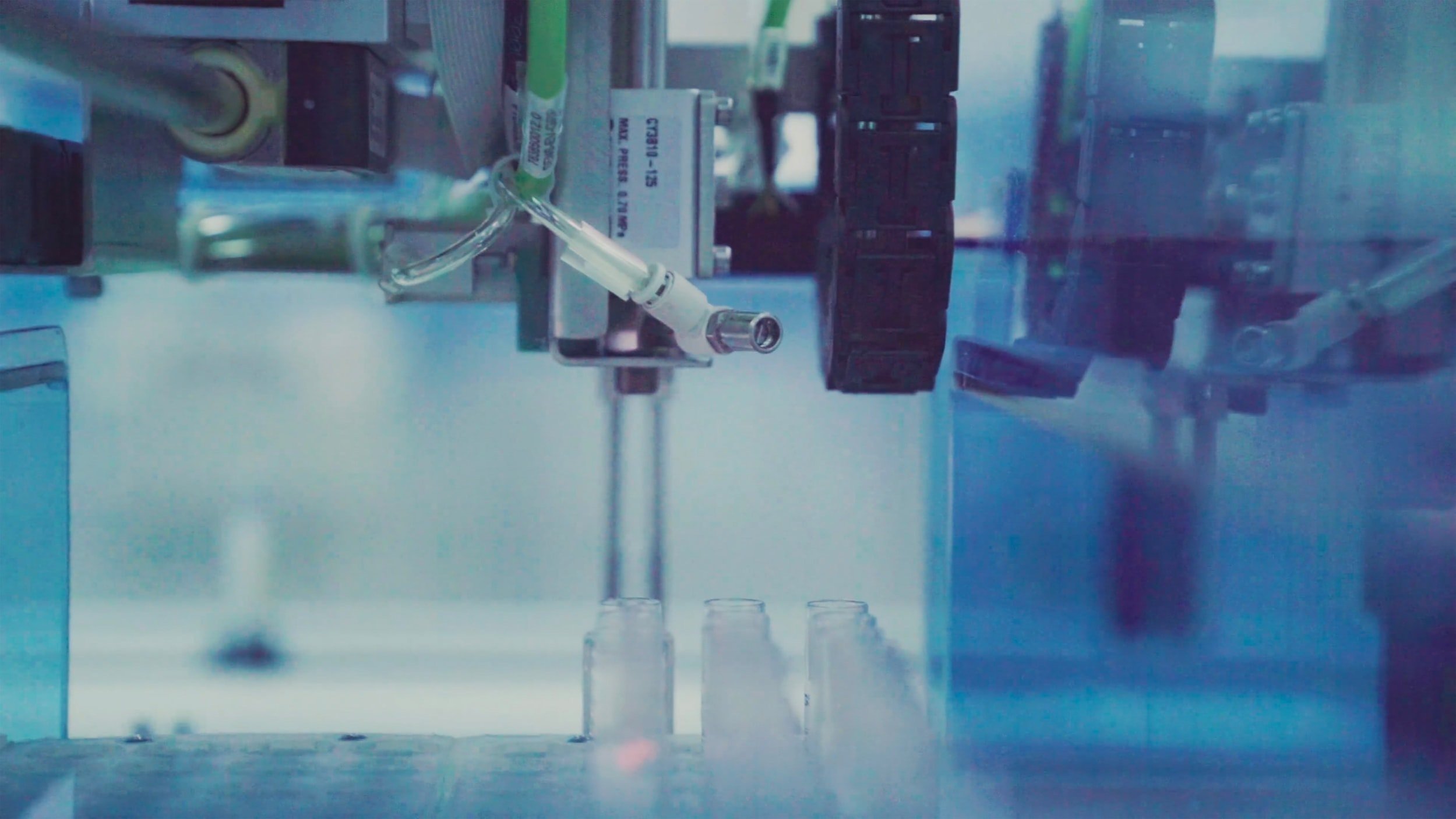
Clinical Trials Explained
By Brandon To – November 29, 2021
“Is Ibuprofen actually safe to use?”
“Are the COVID-19 vaccines (Pfizer, Moderna, etc.) safe and effective?”
Questions like these are all answered and proven through clinical trials.
“But what are clinical trials? I’ve heard of them before, but I don’t know what those are. How is it determined whether or not a drug or vaccine is safe for my body?”
Once a medical intervention has been thoroughly tested for safety and efficacy in laboratories and on animals, it must be approved by the U.S. Food and Drug Administration (FDA) for further testing on humans. This additional testing is what we call clinical trials. Only after successful clinical trials and approval by the FDA, does a medicinal, surgical, or behavioral intervention become approved for the market within the United States. This means that the approved interventions have been subject to rigorous monitoring and testing, and are now proven to be safe and effective to use. Moreover, even after clinical trials have “ended,” so to speak, the FDA and companies will continue to monitor an intervention’s results through phase 4 of clinical trials.
While some companies or sources may state that there are three phases of clinical trials, there are generally four or even five phases. However, for the purpose of learning and understanding clinical trials, a breakdown of the four phases can be found below:
Purpose: Evaluate safety for important side effects that doctors and patients need to be aware of
Number of Participants: Less than 100, usually 20-100 healthy volunteers/patients with the target condition
Length: A few months - 2 years
Purpose: Evaluate efficacy, safety, and side effects of the intervention in patients with the target condition
Number of Participants: 100-300 patients with the target condition
Length: A few months - 2 years
Purpose: Further evaluation of efficacy, safety, and side effects of the intervention in patients with the target condition
Number of Participants: 300 - 3000 patients with the target condition
Length: 1 - 4 years
Purpose: Continuing to monitor intervention safety and efficacy even after marketing to the public, and evaluating of long term effects of the intervention
Number of Participants: 3000+ patients
Length: Indefinite
Ultimately, the most important questions that authorities ask are:
Is the intervention safe for humans to use?
Is the intervention effective in humans?
What are the long-term benefits and risks?
What adverse (side) effects are there associated with the intervention?
Before and during each and every phase of clinical trials, there are many different credible medical professionals who are constantly monitoring and reviewing intervention results to determine if it may move on to the next phase. Only once the collected test data has been validated and verified by numerous individuals and teams, will the next phase of a clinical trial begin. A few different healthcare review teams that are involved with such approvals are listed below:
FDA Investigational New Drug Review Team
Comprised of different specialists from different fields
Investigates and reviews any biomedical research involving human subjects
Comprised of doctors, researchers, and other healthcare professionals
A Company’s Internal Departments and/or Teams
(e.g.) Pharmacovigilance, Clinical Trials, Clinical Trial Safety, etc.
This resource can provide more information on a few of the measures of success in a clinical trial phase. Should the review teams determine that the intervention meets the criteria, then the next phase shall begin.
Regardless of whether you are planning to participate in a clinical trial, know someone going through one, or just want to learn about them, clinical trials are crucial to the development of public health for the greater good. For example, with the success of Pfizer’s vaccine passing all of its clinical trials, it could then be distributed to more adults who may have not had the opportunity to get it before due to medical reasons or skeptical beliefs about its safety and efficacy. Additionally, with further clinical studies done in children, Pfizer can now safely administer its vaccine to children around the world. Ultimately, this will help to significantly slow the spread of COVID-19 and help us return to a new normal.
If you want to learn more in-depth information about clinical trials, please consult the following resources:
Resources and References:
AbbVie Incorporated, Clinical Trials And Me – Clinical Trial Phases
Clinical Trials Gov – Learn about Clinical Studies
National Cancer Institute - What are Clinical Trial Phases?
National Institute of Health, National Institute on Aging – Clinical Trials: Benefits, Risks, and Safety
National Institute of Health, National Institute on Aging – What are Clinical Trials and Studies?
U.S. Food and Drug Administration
U.S. Food and Drug Administration, Clinical Trials: What Patients Need to Know
U.S. Food and Drug Administration, Institutional Review Board
U.S. Food and Drug Administration, The Drug Development Process– Step 3: Clinical Research
